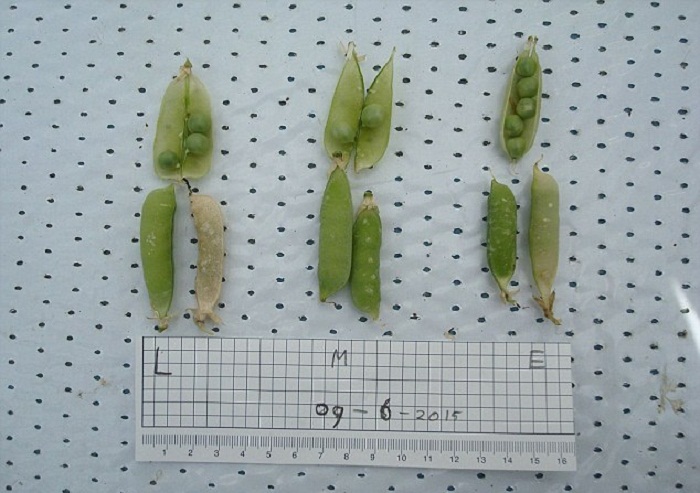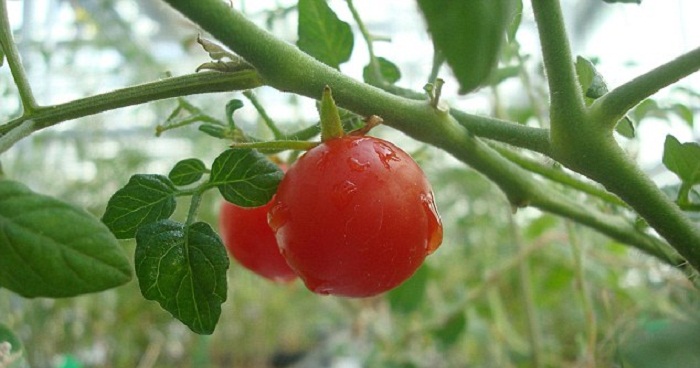The crops they harvested may have been edible, but researchers are holding off on a ‘Martian meal’ until they are absolutely sure the foods are free of poisonous heavy metals from the soil.
In this recent experiment, the team harvested tomatoes, peas, rye, garden rocket, radish, and garden cress.
The ten crops grown by the researchers also included leeks, spinach, quinoa, and chives, and earth potting compost was used as a control.
The researchers are working to set the foundations of crop growth for the first settlers on Mars and on the moon.
Mars and moon soil simulants are provided by Nasa, coming originally from a volcano on Hawaii and from an Arizonian desert, respectively.
Since the first experiment, the team has made some improvements.
‘The total above ground biomass produced on the Mars soil simulant was not significantly different from the potting compost we used as a control,’ says researcher Dr Wieger Wamelink.
‘We used trays instead of small pots and added organic material (fresh cut grass) to the Mars and moon soil simulant.
‘This solved the problem we had with watering in the first experiment and also added manure to the soils.’
The moon soil showed the most improvement, after most plants in this group died in the first experiment.
In the second round, the ‘moon plants’ thrived, and researchers were able to harvest the same species as on the Mars soil simulant and the Earth compost control.
While the Mars soil yielded a lower biomass production than the Earth control, the researchers say this was influenced by smaller growth in one of the trays, and was not statistically different.
‘That was a real surprise to us,’ says Wamelink.
‘It shows that the Mars soil simulant has great potential when properly prepared and watered.
‘The biomass growth on the moon soil simulant was less than on both other soils, about half of the biomass. Only the spinach showed poor biomass production.’
Though many of these plants are edible, the researchers did not attempt to feast just yet.
The soil simulants are made up of heavy metals, and they must still work to determine if these poisonous components have made their way into the fruits from the plant.
‘The soils contain heavy metals like lead, arsenic and mercury and also a lot of iron. If the components become available for the plants, they may be taken up and find their way into the fruits, making them poisonous,’ says Wamelink.
‘Further research on this is necessary and that is one of the reasons why a crowdfunding campaign has been started to finance the third experiment that will be all about food safety.
‘The experiment should start in April 2016 with the growth of a new batch of crops including potatoes and beans.
‘If the crops prove to be safe enough to eat, the funders will be invited for dinner where a ‘Martian meal’ will be served that includes the harvested crops; at least for those who dare!’
While the experimental plants were grown in Mars and moon soil simulant, and cultivated under constant temperature, humidity, light conditions, and under Earth’s atmosphere.
This mimics the expected conditions of the settlers’ first crop growths, the researcher says, and they `expect that first crop growth on Mars and moon will take place in underground rooms to protect the plants from the hostile environment including cosmic radiation.’

More about:
















































